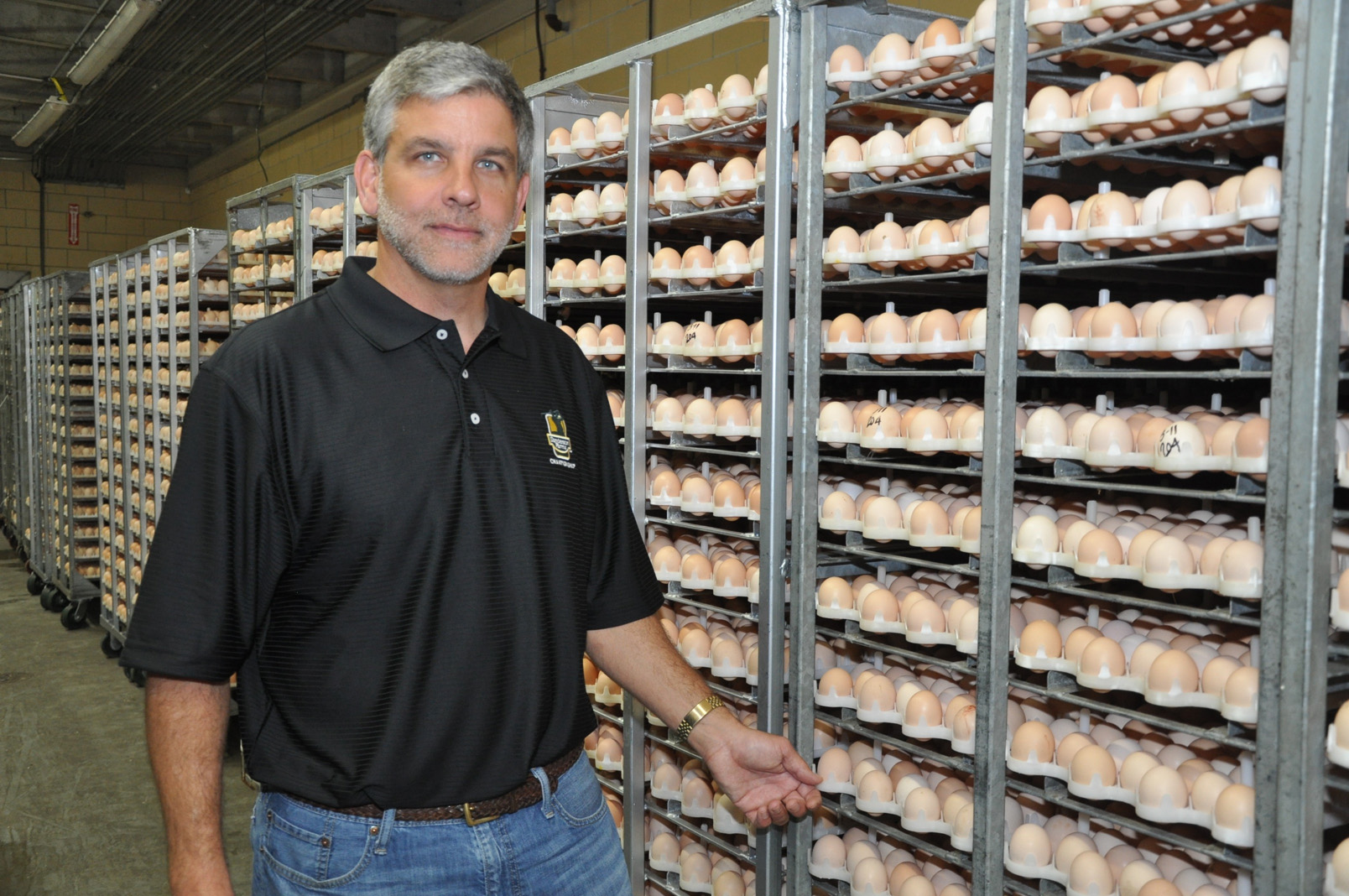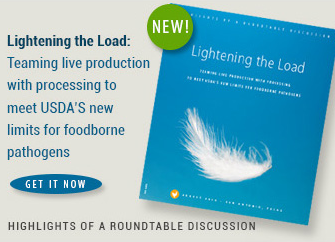Opinion: VFDs — More work, same result?
by Philip A. Stayer, DVM
Corporate Veterinarian
Sanderson Farms, Inc.
On the whole, food-animal veterinarians applaud the increased veterinary oversight that comes with FDA’s updated veterinary feed directive.
In a nutshell, the new rule will require a VFD for any in-feed antibiotics considered by FDA to be medically important for humans. In addition, in-feed antibiotics deemed medically important, such as oxytetracycline and virginiamycin, will no longer be used for production purposes.
The ultimate goal of the new rule, which starts Jan. 1, 2017, is to promote the judicious use of antibiotics in food animals to help reduce the incidence of antibiotic-resistant infections in people. No one in their right mind would take issue with that goal. I would argue, however, that poultry veterinarians have already been using antibiotics judiciously all along while adhering to FDA’s prescriptive regulations.
While the VFD is full of good intentions and might provide a level of comfort and accountability for regulators, I think many US veterinarians wish FDA would have given us more, not less, autonomy — specifically, taking a cue from Canada and Mexico and giving us the authority to prescribe medications, dose rates and medication combinations as we see fit based on our professional training and experience. Instead, we now have the VFD — a cumbersome, paper-heavy initiative that, in my view, is causing some angst in the food-animal industry.
Recordkeeping
One big concern involves recordkeeping requirements. Veterinarians will have to provide copies of their VFDs to the producer and feed mill. Veterinarians must retain each original VFD, and producers and feed mills must retain their copies for 2 years.
A lingering question is where these copies would be best kept.
Recently, William Flynn, deputy director for science policy, FDA Center for Veterinary Medicine, said in a letter to the Farm Foundation that if a staff vet writes a VFD for a company-owned feed mill and company-owned animals, it’s acceptable for the VFD to be stored in one location — provided everyone required to have a copy has access and can provide a copy if requested by an FDA investigator.[1] But where exactly should that be? The producer’s main office, the feed mill or somewhere else? Where are FDA investigators most likely to request a copy of a VFD?
Currently, all medicated feed is accompanied by a descriptive ticket delivered to the farm where the feed is consumed. Medicated-feed tickets in a sense already accomplish part of the accountability FDA is trying to attain with VFDs. A VFD might be added to each feed ticket for on-farm recordkeeping, but it would certainly increase the complexity of recordkeeping for thousands of contract chicken growers.
Feed mills have long dealt with FDA audits. Poultry veterinarians have not had to accumulate similar paper work. Some amount of office time will be required to generate VFDs and manage records, and that will mean less time for other, more specialized duties, such as studying flock-health problems and coming up with solutions.
Understanding VCPR
Another concern I have regarding the new VFD rule involves the veterinary-client-patient relationship (VCPR). Poultry veterinarians such as myself working for vertically integrated companies control all aspects of their flocks’ lives, especially regarding antibiotic treatment. We already provide considerable veterinary oversight and certainly fulfill the VCPR requirement. However, many small and independent poultry producers live in places where there are few to no poultry veterinarians, and complying with the VCPR requirement could be difficult.
Just how often new VFDs are needed is a question that’s arisen but there appears to be an answer. One VFD can be written for animals in multiple locations or for multiple houses on a farm. If the medication doesn’t have an expiration date specified, the VFD cannot exceed 6 months. However, what if the next flock going through the same premises is treated the same as the last batch? FDA has commented that a VFD is good for multiple consecutive flocks during the 6-month period, so a new VFD will not be needed.
2 years for a few months
I suppose in its effort to keep things simple, FDA is trying to get all species under the same umbrella, but some parts of the VFD may not be appropriate for all species. For example, VFDs must be kept on file for 2 years, but broilers live less than 2 or 3 months and are long gone before 2 years. Holding records for 2 years may make sense for longer-lived animals such as cattle, but perhaps the requirement for retaining VFDs should be shorter for species with abbreviated life spans.
We don’t know all the final details of the new system, and up until now, VFDs haven’t been needed for any medications used in poultry. My guess is that implementing a VFD system won’t be an insurmountable task for veterinarians such as myself who work for integrated poultry companies, but that might not be the case for veterinarians working outside of integrated systems. None of us have used the electronic systems currently available, which we’re hoping will lessen the office time required to manage VFDs.
At the very least, the updated VFD rule will require more time of poultry veterinarians to complete, distribute and store records. That’ll be well worth it, I guess, if the VFD has a positive impact on antibiotic-resistant infections or on animal well-being and welfare. But what will we have accomplished if it doesn’t?
[1] Q&A Letter from William Flynn, FDA, Center for Veterinary Medicine, to Farm Foundation. March 4, 2016.
Posted on December 14, 2016

















